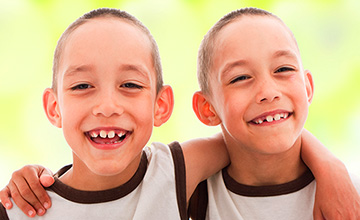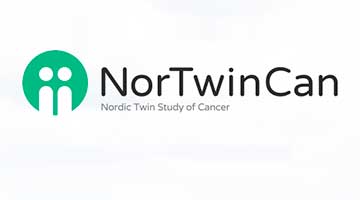Twin Research
Scientific analyses of twin data contribute to identify genetic and environmental causes of occurrence and development of diseases, and give us an understanding of the significance of the genetic and environmental components in human development and aging.
Nature and nurture
Nature and nurture go together. Everybody finds themselves at all times in an environment and they bring along a number of inherited characteristics into this environment. Researchers are able to observe a product of the interaction between nature and nurture. All the cells of the body contain the same genome. Twins contribute with useful information when the object is to study how and to what extent genes and environment affect the complex processes involved in development and health.
Twin studies
Twin studies are conducted to study why people develop individual differences in disease, behavior, and other conditions. Twins are interesting subjects for research because twins are more alike than ordinary siblings. They have shared the same intra-uterine life. They were born at the same time. They go together chronologically in time. Usually, twins grow up in the same family with the same childhood environment and – if they are identical twins – they share exactly the same genes. If monozygotic twins are more alike for a certain trait than are dizygotic twins, then it indicates that genetic factors play a role for that trait.
Twins are not always alike – often only one of the twins catches a disease, while the other twin is not affected. Why? Epidemiological research is trying to find the answers to these questions.
The role of genes
It is difficult to determine what is heritable. We know that family members are often alike – but we do not know whether it is because they share the same environment or because they share genes. Therefore it may be considered as nature’s gift to research when individuals are born who are genetically identical – i.e., the same individual twice. This means that we can follow e.g. the aging processes of monozygotic twins and compare them with the aging processes of dizygotic twins, who share approximately half of their genes and thus as similar as ordinary siblings.
The Danish Twin Registry
In Denmark we have exceptionally good possibilities for carrying out twin research projects. This is because The Danish Twin Registry comprises almost all twins born in Denmark since 1870 and up until today. The Danish Twin Registry is among the largest and most comprehensive twin registries in the world.

